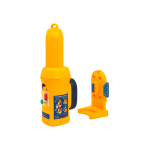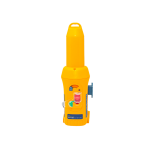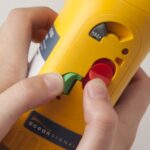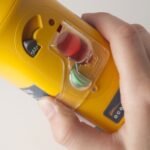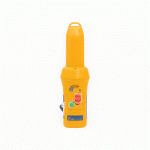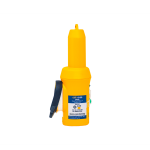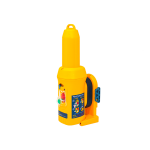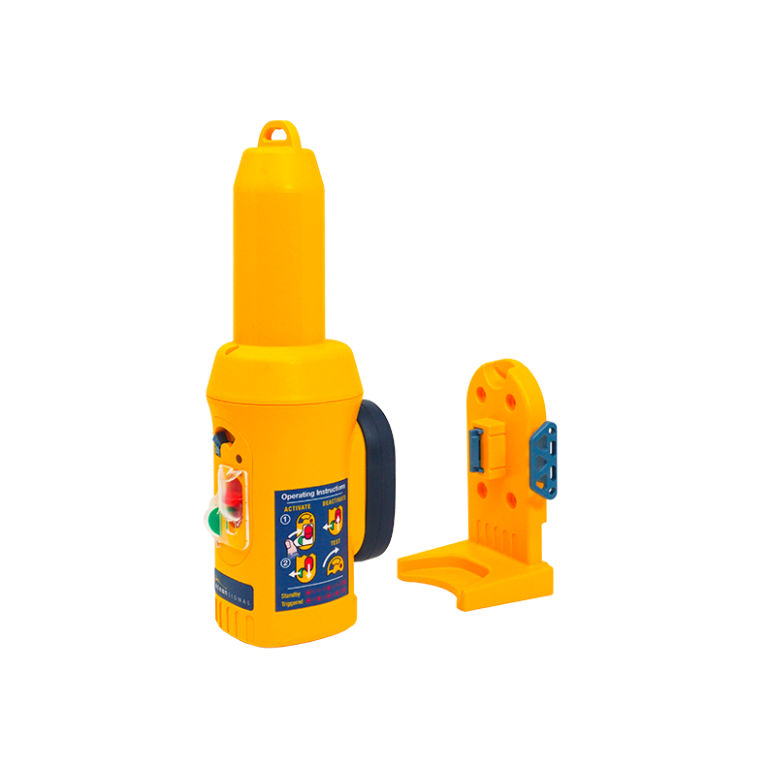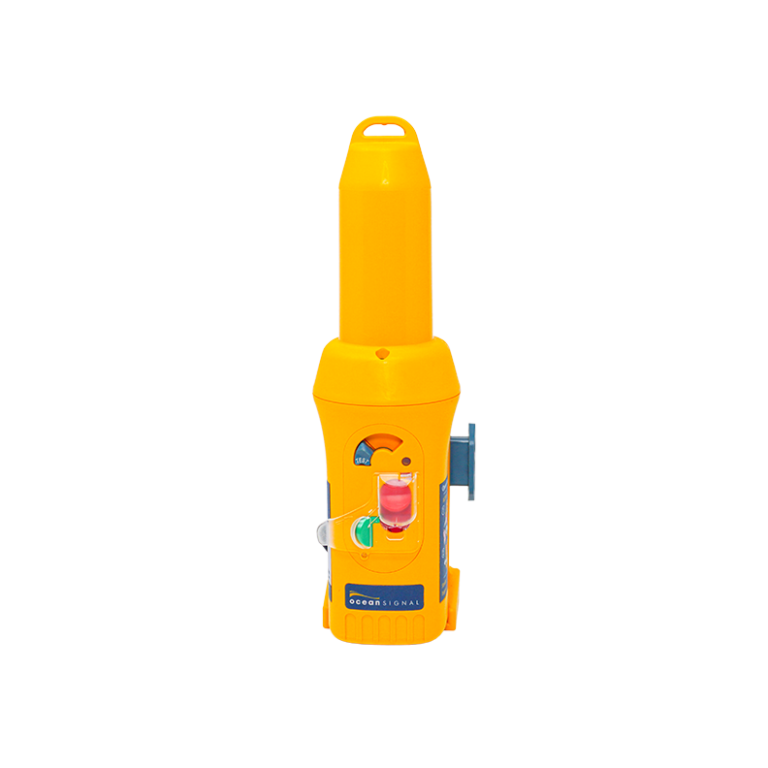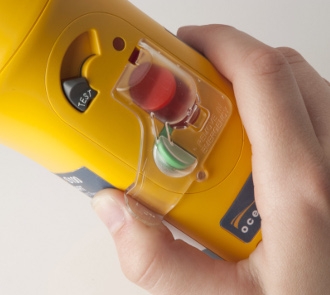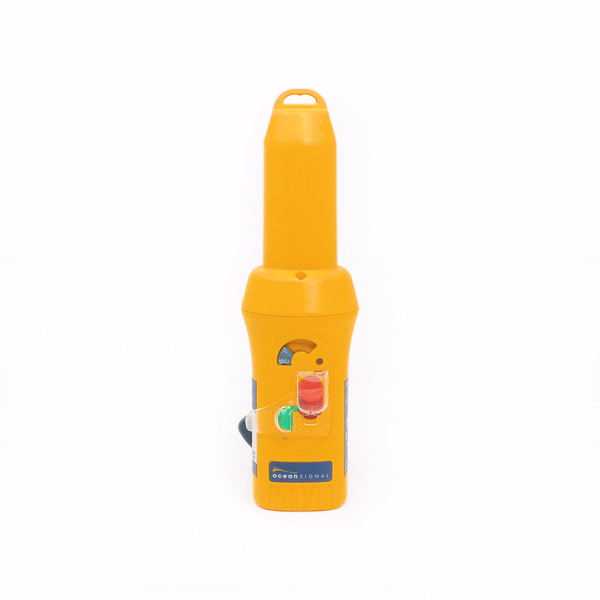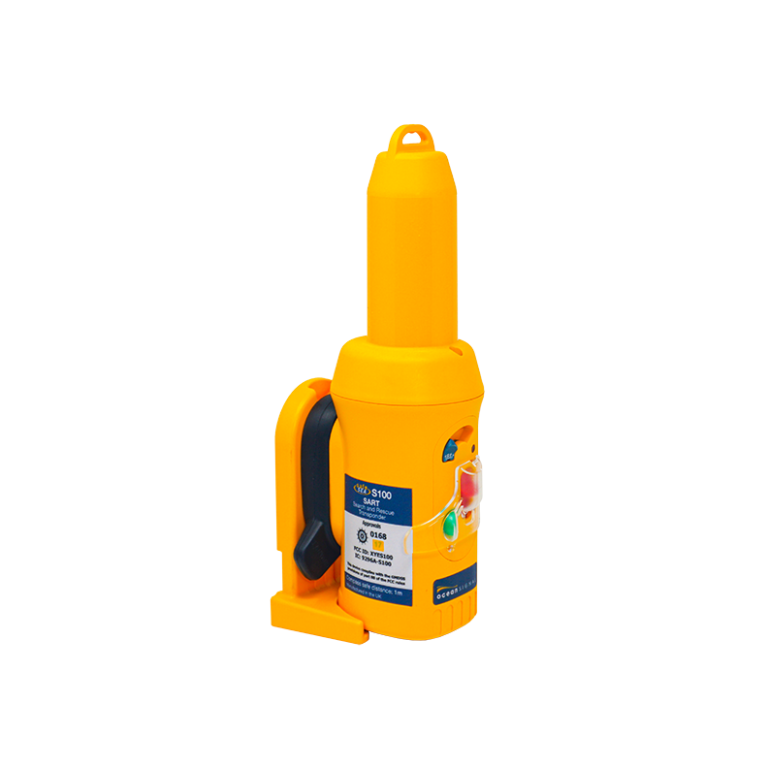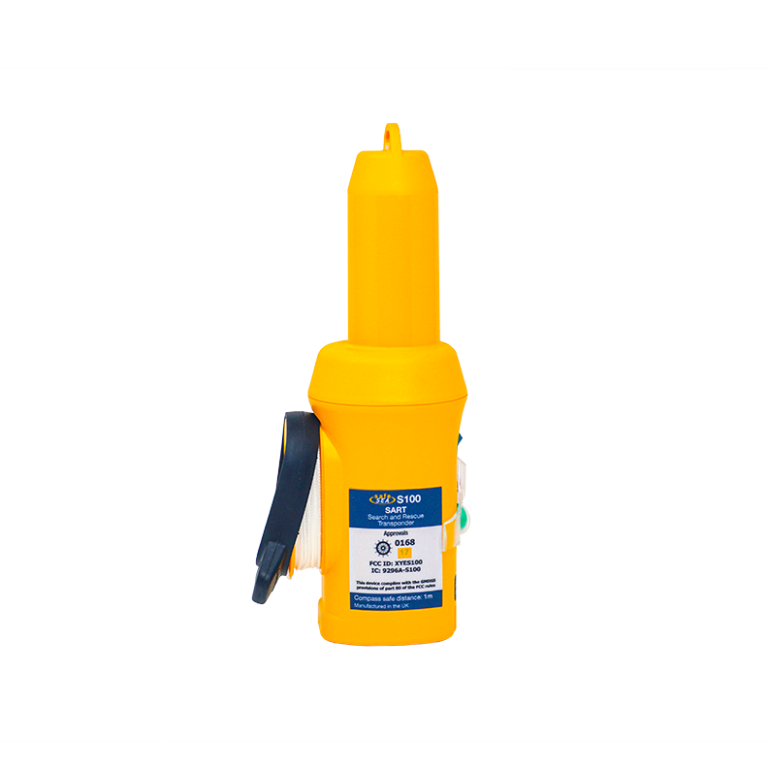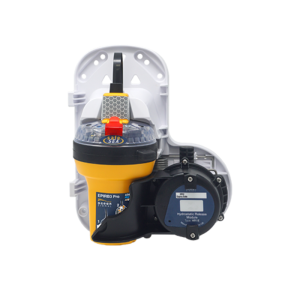The safeSEA S100 Search and Rescue Transponder (Radar SART) is a dedicated radar transponder that complies with IMO SOLAS regulations.
The International Maritime Organization (IMO) mandates the Global Maritime Distress and Safety System (GMDSS) carriage requirements for Search and Rescue Transponders (SARTs). Ships subject to GMDSS regulations, including passenger ships, cargo ships over 300 gross tonnage, and vessels engaged in international voyages, are required to carry at least one S100 SART. The S100 is a compact radar SART that is crucial for aiding in locating distressed vessels by responding to radar signals from search and rescue units. The S100 radar SART meets specific performance standards outlined by the IMO, ensuring the product’s reliability and effectiveness in distress situations. Compliance with these requirements is essential to enhance maritime safety and facilitate timely search and rescue operations.
- Superior battery life – even at -20°C
- User-replaceable battery
- Non Hazardous battery
- Five-year replacement interval
- Compact size for easy liferaft packing
- Supplied with storage bracket
- Pole Shown in images supplied separately (Order Part Number: 711S-01802 SART Mounting Pole)
Carriage requirements
- SARTs are required on all IMO SOLAS vessels on international voyages:-
- One on 300-500GRT
- Two if over 500GRT
- One SART per every four liferafts on ro-ro passenger vessels
- Nationally mandated vessels, including fishing vessels, passenger craft, commercial workboats, etc
- Most Super and Mega yachts are required to carry a SART, especially if covered by the MCA code of practice, which is recognized by many countries.
- Voluntary fit vessels will also benefit by carrying a SART
Need to upgrade to the new AIS EPIRB Requirements? Check out the new safeSEA EPIRB3 Pro
